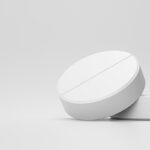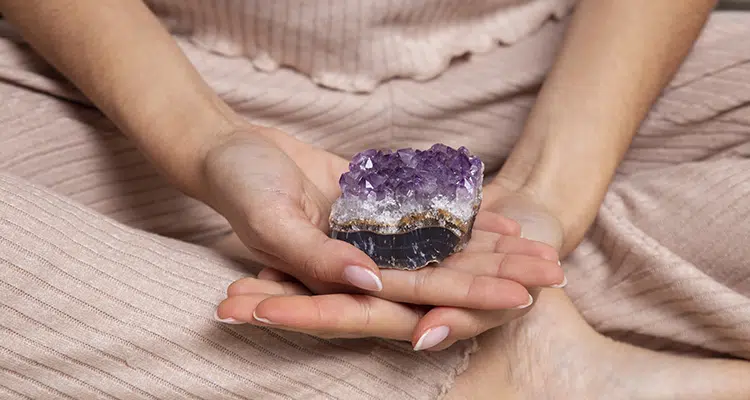A Complete Guide to Olanzapine (Zyprexa) for Sleep
Nearly 1 in every 100 adults is diagnosed with bipolar disorder and another 1 in 300 suffer from schizophrenia. Both mental illnesses come with their fair share of challenges including unusual thinking, strong and inappropriate emotions, lack of interest in daily activities, manic episodes, depression, and other abnormal mood changes.

Most people diagnosed with these two serious conditions require medication to ease symptoms and live a normal, healthy life. One such medication prescribed to treat both bipolar disorder and schizophrenia is olanzapine. Olanzapine, also known as Zyprexa, is an atypical antipsychotic medication that changes how certain natural substances in the brain work.
In addition to treating the above-mentioned mental disorders, some people turn to this drug for its sleep-inducing benefits. But is it safe to use olanzapine for sleep? And if so, how much should you take, how often, and for how long? In this article, we’ll take a closer look at the intended uses of olanzapine and whether or not it’s a safe treatment option for insomnia and other sleep disorders.
Content
What is Olanzapine and How Does it Work?
Olanzapine is an antipsychotic medication used to treat serious mental disorders including bipolar disorder and schizophrenia. It’s also known by several different brand names including Zyprexa and Relprevv. Drugs like olanzapine work by blocking dopamine inside the brain. Dopamine is a neurotransmitter that sends messages from the brain to the central nervous system and throughout the body. By blocking dopamine and the flow of certain messages throughout the brain, people suffering from certain mental disorders may experience fewer psychotic symptoms, thoughts, and episodes.
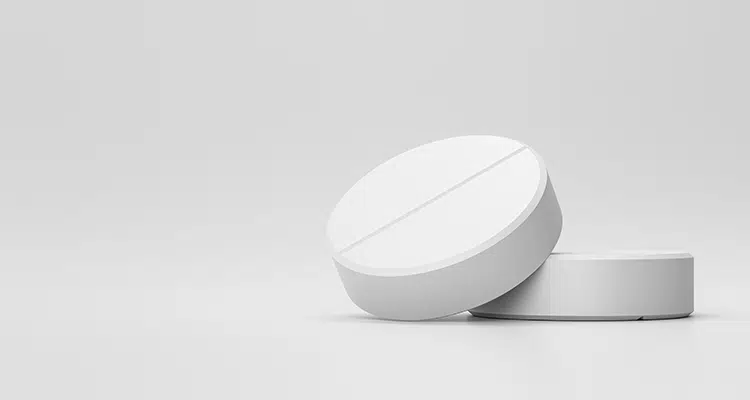
Olanzapine is sometimes used in combination with other medications to treat certain forms of depression. It’s also been known to reduce the occurrence of hallucinations, helping patients think more clearly. Patients also report an elevated mood and more positive thinking. Olanzapine can help you feel less agitated and more motivated.
While an elevated mood is one positive side effect of olanzapine, drowsiness is also common. That’s because, in addition to blocking dopamine, antipsychotic drugs have sedative qualities that cause tiredness and grogginess in many patients. These side effects are one reason people turn to olanzapine to help ease insomnia and achieve quality sleep. It’s important to keep in mind, though, that these side effects are often temporary, and while they may offer short-term relief for sleeplessness, this isn’t the drug’s intended use. Chronic insomnia should be treated using a combination of lifestyle changes, therapies, and appropriate medications.
The Proper Use of Olanzapine
Olanzapine is most commonly taken in pill form or as an oral tablet that disintegrates when placed on the tongue. When using this form of the drug it’s important to handle it carefully. Don’t try to push it through the foil package, which may cause the pill to break. Instead, use dry hands to gently pull back the foil. Once you remove the tablet, place it directly in your mouth. The warmth and moisture from your hands can cause the pill to disintegrate prematurely, preventing you from getting a full dose so avoid handling it for too long.

Most patients only require a single dose of the medication each day which can be taken with or without food. Doctors suggest you take olanzapine at the same time each day, either at night or in the morning. If you’re using olanzapine for sleep or are concerned about the drowsy side effects, it’s best you take your daily dose at night when you can dedicate several hours to sleep. If you miss a dose, take it as soon as you remember unless it’s close to the time of your next dose. In this case, skip the missed dose and continue with your normal dosing schedule. Never take a double dose of olanzapine unless otherwise directed by your doctor.
The proper dosage of olanzapine depends on several factors including your health history, the condition you’re treating, your age, gender, and any other medications you’re taking. Your doctor will most likely start you off on a low dose of olanzapine before slowly increasing it based on how your body reacts. Dosage ranges from 5 mg up to 20 mg unless it’s being prescribed to a child under the age of 13 Then, the dosage may be as low as 2.5 mg.
People using olanzapine should also know that the drug is intended to control your symptoms, not cure your condition. With that being said, you may need other medications or lifestyle changes to help treat any underlying medical conditions. It may also take several weeks for you to notice the effects of olanzapine. The ultimate goal is to slowly wean off of the drug once your symptoms dissipate or you get a better handle on your condition. This is done by gradually lowering the dosage to prevent any unpleasant withdrawal symptoms.
Things to Consider Before Taking Olanzapine
Whether you’re taking olanzapine for sleep or to treat a mental disorder, there are several things to consider and discuss with your doctor beforehand.

Other Prescription and Nonprescription Medications You’re Taking
One of the biggest things to consider when taking any prescription drug and especially an antipsychotic, is how it might interact with other drugs you’re currently taking. This includes both prescription and nonprescription medications. It’s important to share all of your medications with your doctor including vitamins, supplements, and herbal products.
Here are just some of the medications that may negatively interact with olanzapine and should be avoided:
- Certain antidepressants
- Certain antihistamines
- Dopamine agonists (Parlodel, Dostinex, Dopar, Permax, and Requip)
- Fluoroquinolone antibiotics (Cipro, Tequin, Levaquin, Noroxin, Floxin)
- Certain anxiety medications
- Medications for high blood pressure
- Medications used to treat IBS
- Other medications used to treat mental illness
- Motion sickness medications
- Medications used to treat seizures and other symptoms of Parkinson’s disease
- Prilosec
- Rifadin
- Ulcer medications
- Medications used to treat urinary conditions
- Ticlid
- Sleeping pills, sedatives, and mild tranquilizers
Other Health Conditions
Most of these medications are used to treat underlying health conditions. Even if you’re not currently taking any medication, it’s important your doctor knows if you’ve ever been diagnosed with or have a history of the following conditions.
- Stroke or mini-stroke
- Heart disease, heart attack, heart failure, or irregular heartbeat
- Seizures
- Urinary problems
- Breast cancer
- Conditions that make it difficult for you to swallow or maintain your balance
- High or low blood pressure
- Liver or prostate disease
- High cholesterol
- High blood sugar
- Glaucoma
- Diabetes
- Severe vomiting, diarrhea, or constipation
- Dehydration
You should also tell your doctor if you’ve ever had serious side effects from taking other medications for mental health. If you’re taking olanzapine for sleep, your doctor may recommend other prescription or OTC medications with fewer risks and side effects.
Substance Use
Your medical history isn’t the only thing that matters when taking olanzapine. To ensure you remain safe and healthy, it’s important to tell your doctor if you’ve ever used illegal drugs or overused other prescription medications. While addiction to olanzapine is rare, it can happen. Patients who have suffered from drug abuse in the past are at a greater risk of becoming dependent on this drug and other types of antipsychotics.
Nicotine and alcohol use are also discouraged while taking olanzapine. Smoking cigarettes and other products containing tobacco can decrease the effectiveness of olanzapine. Alcohol can intensify the drowsy effects of olanzapine. Even if you’re trying to ease insomnia symptoms, it’s important not to mix alcohol and olanzapine. In fact, alcohol can worsen insomnia symptoms in some people.
Pregnancy
According to one study, 50% of pregnant women struggle with insomnia. Fluctuating hormones and a growing belly are just a few things that make it difficult for pregnant women to achieve quality sleep. If you’re pregnant or planning to become pregnant, tell your doctor before taking olanzapine. Women in the last few months of their pregnancy or those who are breastfeeding are at especially high risk of unwanted side effects. If you become pregnant while taking olanzapine, tell your doctor immediately. Continuing use of the drug could cause complications for the newborn following delivery.
Potential Side Effects
There are some notable side effects of olanzapine that people with other underlying health issues should be aware of before considering this medication to treat a mental illness or insomnia.
- Fast or slow heartbeat
- Dizziness, lightheadedness, fainting
- Increasingly difficult to lower your body temperature or cool down once you overheat
- May trigger a life-threatening condition known as ketoacidosis
A complete list of side effects can be found below, but if you’re already at risk of any of the above-mentioned conditions, you should avoid taking olanzapine.
Potential Side Effects of Olanzapine
As with any medication, olanzapine comes with its fair share of potential side effects. Before using this antipsychotic to treat bipolar, schizophrenia, or insomnia, it’s important to weigh the healing benefits and potentially harmful side effects. Some side effects are more common and mild than others.
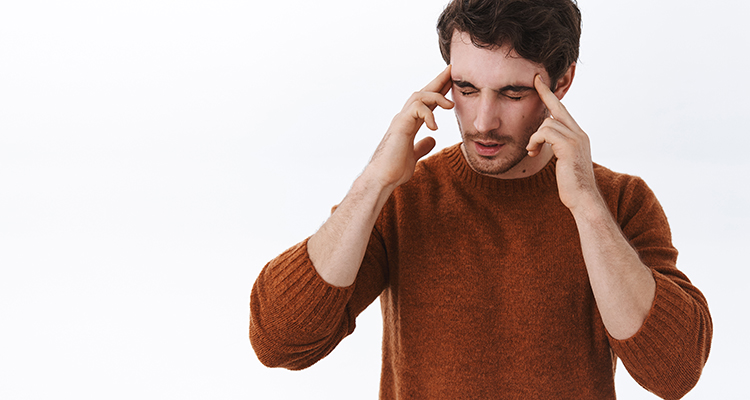
Common Side Effects
- Restlessness
- Depression
- Dizziness
- Feeling unsteady or unable to balance
- Difficulty walking
- Constipation
- Weight gain
- Dry mouth
- Weakness
- Pain in the joints, arms, legs, or back
- Late or missed menstrual periods
- Breast enlargement or discharge
- Difficulty falling or staying asleep
Serious Side Effects
These side effects of olanzapine are more rare and shouldn’t be ignored as they could be signs of a serious condition or allergic reaction to the medication.
- Change in vision
- Seizures
- Fast or irregular heartbeat
- Falling
- Unusual and uncontrollable movements of the face or body
- Fever, chills, sore throat and other signs of infection
- Excessive sweating
- Stiff muscles
- Hives or skin rash
- Rash accompanied by swollen glands or face
- Difficulty swallowing or breathing
If you experience any of these side effects after taking olanzapine, tell your doctor immediately.
Though rare, overdosing on olanzapine is possible. Warning signs that you may be experiencing an overdose include slurred speech, excessive drowsiness, fast heartbeat, agitation, uncontrollable and sudden movements, and loss of consciousness.
If you’re taking olanzapine for sleep, it’s important to only follow the recommended dosage and your doctor’s instructions. Never double-dose on this medication or take more than prescribed in an effort to achieve better quality sleep. If olanzapine isn’t working as a sleep aid, tell your doctor immediately so you can explore other options.
Olanzapine for Sleep
Speaking of sleep, olanzapine is considered an effective sleep aid for some people suffering from insomnia and other common sleep disorders. Research shows that this antipsychotic may improve both sleep quality and sleep efficiency when combined with an SSRI (selective serotonin reuptake inhibitor). SSRIs are commonly used in patients suffering from depression. When used as a sleep aid, a dose as little as 2.5 mg may be enough to show significant improvements in both slow wave sleep and total sleep time.
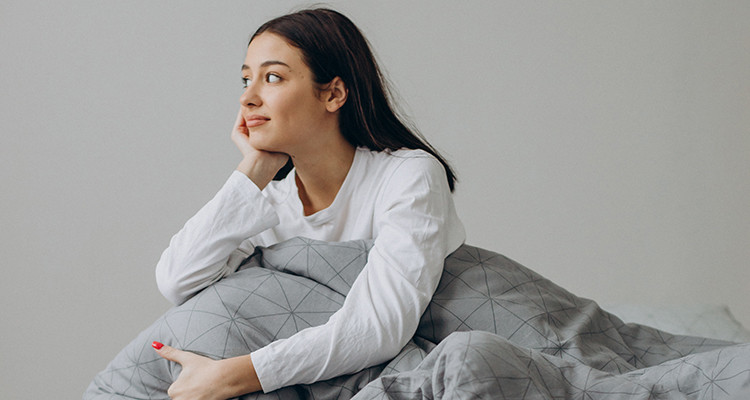
Because olanzapine is used to treat mental disorders, it may also have calming effects and reduce anxiety, which is a leading cause of insomnia in many people. Research suggests that olanzapine may be effective at easing symptoms associated with generalized anxiety disorder (GAD). By reducing anxiety, easing depression, and helping improve your overall mood, olanzapine can help ease many of the underlying symptoms that may be triggering your sleep troubles.
Other Ways to Improve Sleep
One of the best ways to combat insomnia and achieve better sleep is to adopt healthy sleep habits. Even if you plan to take olanzapine for sleep or to treat a mental disorder that may be causing your insomnia, these lifestyle changes can support your efforts and improve results.

Set a Sleep Schedule
As humans, we thrive on routine. When you set a consistent sleep schedule and stick to it, your body and brain will take notice. For example, by going to bed at the same time each night and waking at the same time every morning, your body will naturally fall into a rhythm, simultaneously aligning your natural circadian rhythm or sleep-wake cycle. This is your body’s internal clock that recognizes when it’s time to sleep and when it’s time to wake up. If possible, follow this same schedule even on weekends and holidays.
Adopt Healthy Sleep Habits
Everything you do from the moment you wake up in the morning until you lay your head down to rest at night directly impacts your sleep quality. This includes the foods you eat, the tasks you perform, and how active you are. One of the best ways to prepare for sleep at night is to create a winddown routine that includes calming activities like reading, writing in a journal, listening to music, taking a warm bath, or performing meditation. Try performing these activities in the same order at the same time each night. Soon, these behaviors will act as signals to your body that it’s time for rest.
There’s also a sense of calm and predictability that comes with following a set schedule. When your brain and body know what to expect at night, you may notice a decrease in anxious feelings and racing thoughts. This can be especially beneficial for those suffering from one of the mental disorders that olanzapine is used to treat.
Increase Physical Activity
The more active you are during the day, the more tired you’ll be at night. While this seems like a simple equation, it can greatly impact how well you sleep at night. Try exercising for at least 30 to 60 minutes each day, preferably in the morning. Not only does this start your day off right but may result in increased energy, productivity, and an improved mood. When you perform physical activity, your brain releases feel good chemicals known as endorphins. These endorphins can trigger feelings of happiness, relaxation, and calm, all of which may combat symptoms associated with schizophrenia, bipolar disorder, and GAD.
Your uplifted mood following a good workout may also increase your motivation and interest in the activities and hobbies you once enjoyed. At the end of the day, all of this physical and mental activity will make you feel more tired and prepared for sleep.
Create a Calming Sleep Environment
Another way to reduce anxiety, achieve a sense of calm, and improve sleep quality is to create a positive sleep environment. This means building a bedroom that facilitates sleep, minimizing distractions and preventing overstimulation. Reduce noise distractions by investing in a sound machine, oscillating fan, or sleep headphones. Block out unwanted light using room darkening shades or a sleep mask. Invest in high-quality bedding including a supportive mattress and pillows. Breathable sheets help reduce night sweats that could cause you to wake up frequently throughout the night. It also helps to keep your bedroom at a cool temperature to facilitate sleep. By creating a sleep oasis, you may also experience reduced stress and anxiety. Many people with mental health issues find peace, comfort, and safety in a strategically designed bedroom made for sleep.
Limit Screen Time
According to one survey, approximately 4 in 10 adults use their phones before bed. In fact, most people bring their phones to bed and scroll social media, check their email, or talk to friends and family before trying to fall asleep. While this may seem innocent enough, using electronic devices before bed can make it increasingly difficult to fall asleep. Exposure to digital screens too close to bedtime inhibits your brain from producing the natural sleep hormone melatonin.
Screens like those on your smartphone, television, and tablets emit a blue light that signals your brain that it’s time to be awake and alert. This slows down melatonin production and may cause feelings of arousal and agitation instead of relaxation and fatigue. You may also find yourself feeling overstimulated or experience a spike in anxiety and other unpleasant symptoms. Limit screen time and put your phone or laptop away at least 90 minutes before going to bed.
Find the Best Treatment for Your Insomnia Today
There’s no one-size-fits all cure for treating insomnia. While olanzapine may be an effective sleep aid for some, others may experience too many complications or unpleasant side effects. Olanzapine may also be effective at treating the underlying cause of your sleep troubles if they include bipolar disorder, schizophrenia or another serious mental illness.
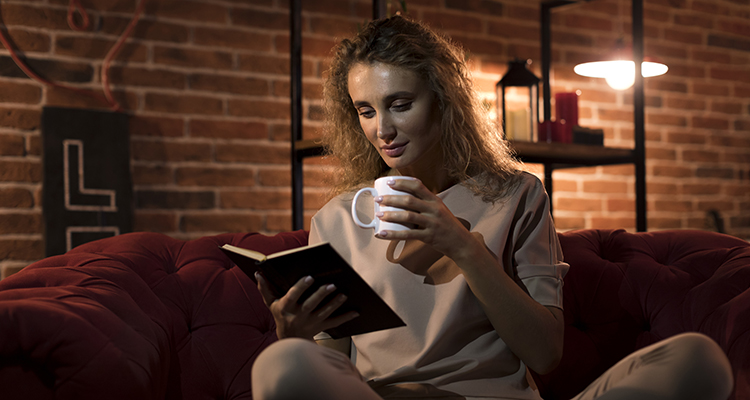
In addition to taking medication, you can also make lifestyle changes that help improve your overall mood and your ability to achieve deep, restorative sleep. One such technique is cognitive behavioral therapy for insomnia or CBT-i. Somnus Therapy’s online insomnia treatment program utilizes various forms of CBT-i to help patients identify and understand the root cause of their sleep issues.
Learn more here about what CBT-i is and how it works or click here if you’re ready to start your journey toward blissful sleep today.

